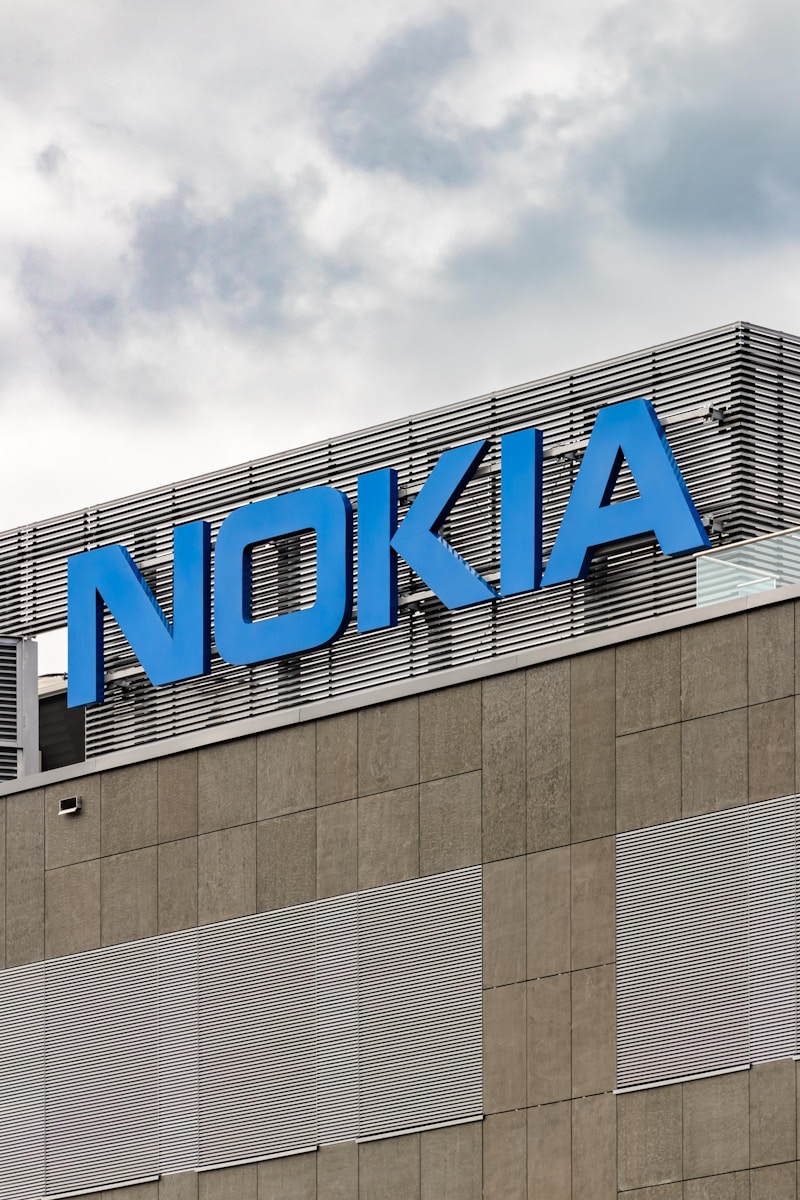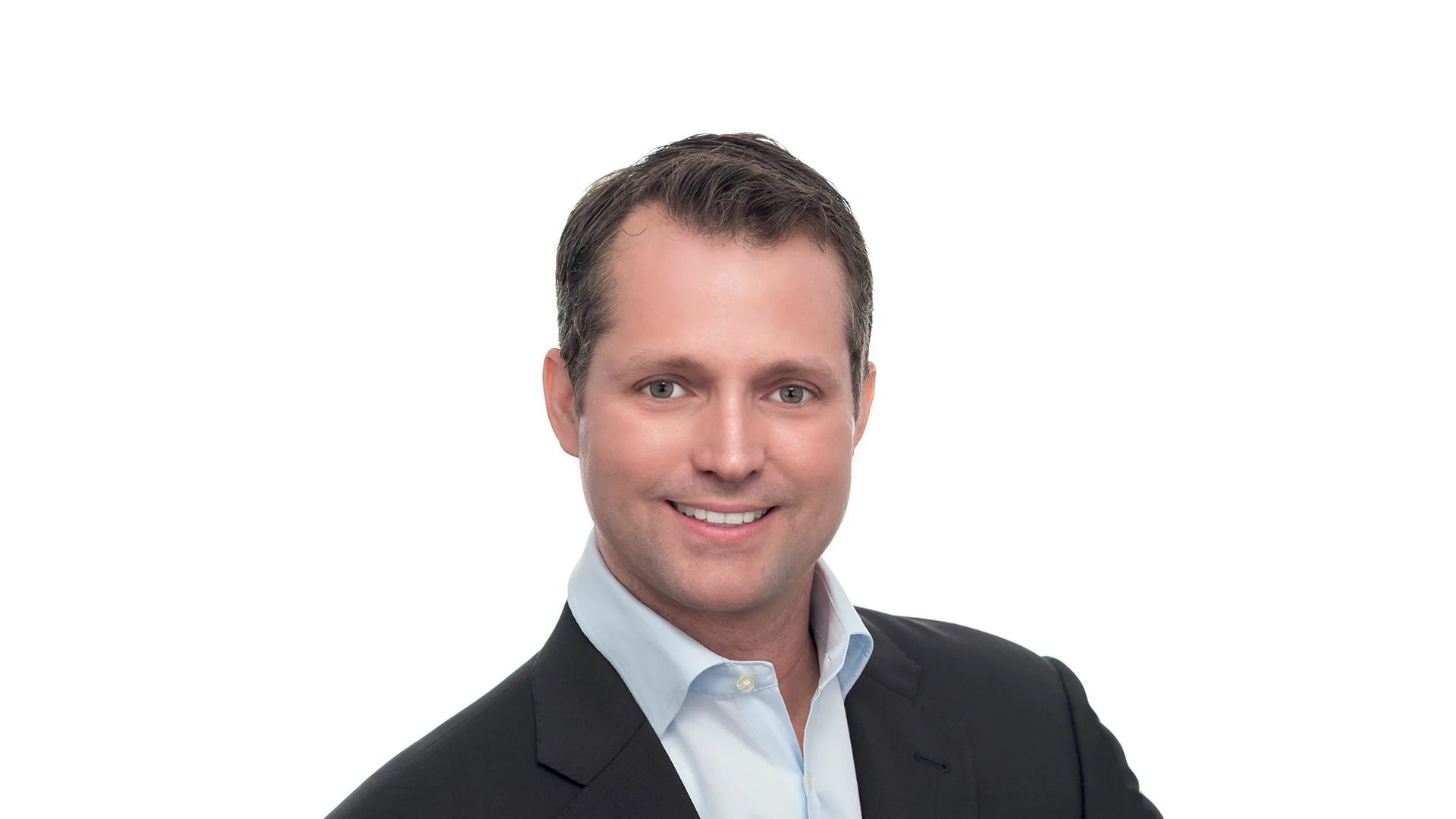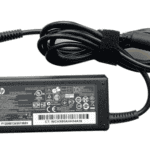Nokia has selected a new leader to guide its future direction. Justin Hotard will become Nokia’s President and CEO on April 1, 2025, replacing current CEO Pekka Lundmark. The appointment signals Nokia’s strong focus on artificial intelligence and data center technologies.
Hotard brings over 25 years of technology industry experience to the role. His background as Intel’s AI and data center chief positions him well to lead Nokia’s expansion into new growth areas beyond traditional telecommunications equipment.
Nokia’s stock rose 1.6% following the announcement, showing investor confidence in the selection. The choice of an AI and data center expert demonstrates Nokia’s commitment to transforming its business for future technology demands.
Nokia’s AI-Powered Future

Hotard’s Vision for Nokia
Justin Hotard’s appointment as Nokia’s CEO signals a major shift. He brings deep experience in AI and data centers from his time at Intel. This move suggests Nokia is ready to double down on these crucial technologies. It’s not just about 5G anymore; it’s about what comes next. Think smarter networks, AI-driven solutions, and a bigger push into enterprise services.
What This Means for 5G and Beyond
Nokia has been a key player in the 5G rollout. With Hotard at the helm, we can expect even more innovation in this space. His expertise could lead to faster, more efficient 5G networks. Plus, it opens doors for new applications of 5G, like industrial automation and edge computing. Nokia might also explore new areas like network slicing and private 5G networks tailored for specific industries.
The Competitive Landscape
Nokia faces stiff competition from Ericsson and Huawei. Hotard’s leadership could give Nokia a needed edge. His focus on AI could help Nokia differentiate itself. By developing AI-powered network solutions, Nokia can offer more value to its customers. This might include predictive maintenance, optimized network performance, and enhanced security.
A Closer Look at Hotard’s Background
Hotard’s time at Intel gives us some clues about his approach. He led the data center and AI group, which means he understands the challenges and opportunities in these areas. He likely has strong relationships with key players in the tech industry. This could be valuable for Nokia as it seeks to expand its partnerships and reach new markets.
Key Takeaways
| Area | Potential Impact |
|---|---|
| 5G Development | Faster rollout, new applications |
| AI Integration | Smarter networks, new solutions |
| Competitive Positioning | Differentiation through AI |
| Enterprise Focus | Tailored solutions, private networks |
Justin Hotard’s appointment at Nokia signifies a significant shift for the company, suggesting a greater focus on AI and data centers. This could position Nokia as a more competitive force in the AI-driven network sector, potentially impacting 5G, enterprise solutions, and the telecom industry as a whole.
Key Takeaways
- Justin Hotard brings extensive AI and data center expertise from Intel to his new role as Nokia CEO
- The leadership change marks Nokia’s strategic shift toward artificial intelligence and data centers
- The appointment received positive market reaction with rising stock prices
Leadership and Experience
Nokia’s leadership transition brings significant AI and data center expertise to the telecommunications company. The appointment signals Nokia’s strategic focus on artificial intelligence and cloud computing.
Justin Hotard’s Background
Justin Hotard has 25 years of experience in global technology companies. He built his career through leadership roles at major tech firms.
His track record includes successful positions at Hewlett Packard Enterprise, where he served as Executive Vice President and General Manager. During his tenure, he focused on high-performance computing and artificial intelligence solutions.
Hotard’s expertise spans multiple technology sectors, with particular strength in AI development and data center operations. This background aligns with Nokia’s future direction in telecommunications infrastructure.
From Intel to Nokia
At Intel, Hotard led the AI and data center division, where he drove innovation in cloud computing and artificial intelligence technologies.
Nokia Board Chair Sari Baldauf selected Hotard to replace outgoing CEO Pekka Lundmark. He will begin his role as President and CEO on April 1, 2025.
The transition marks a strategic shift for Nokia, emphasizing AI and cloud technologies. Hotard’s appointment reflects Nokia’s commitment to expanding beyond traditional telecommunications equipment manufacturing.
Strategic Outlook
Nokia’s leadership transition signals a strategic shift toward AI and data center technologies while maintaining its strong position in telecom infrastructure. This change defines Nokia’s next growth phase in enterprise technology and digital transformation.
Revitalizing Nokia’s Vision
Justin Hotard’s appointment brings expertise in AI and data center technologies to Nokia’s core strategy. His 25-year track record in technology leadership points to an increased focus on enterprise solutions.
Nokia aims to strengthen its position in network infrastructure while expanding into high-growth technology segments. The company plans substantial investments in AI development and cloud computing solutions.
The strategy includes enhancing Nokia’s enterprise portfolio with advanced connectivity solutions and AI-driven services.
The Impact on AI and Technology
Hotard’s experience leading Intel’s Data Center & AI Group positions Nokia to compete more effectively in the AI market. The company is expected to integrate AI capabilities across its product lines.
Key focus areas include:
- Cloud infrastructure development
- Enterprise AI solutions
- Smart connectivity platforms
- Data center technology innovation
Nokia’s technological transformation emphasizes creating value through AI integration in telecommunications infrastructure. The company’s investment in these areas aims to drive significant revenue growth.







